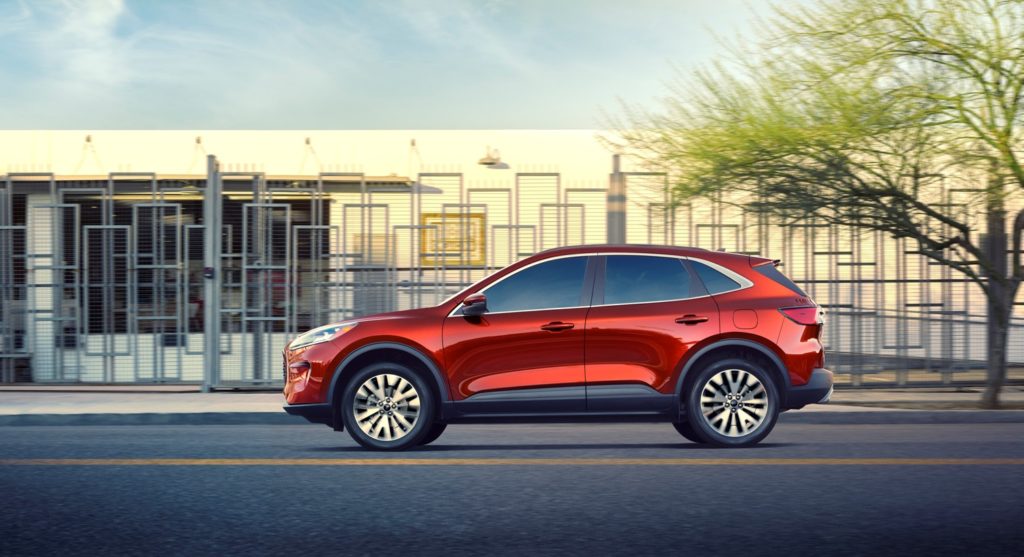The larger the battery, the bigger the tax credit.
This is exactly how the federal government in the United States is rewarding automakers that produce vehicles with low emissions. On top of the base tax credit of $2,500, there is an additional $417 for every 5-kilowatt hours of battery capacity for electrified cars.
A recent example is the 2020 Ford Escape Plug-in Hybrid that registers a 14.4-kWh battery capacity, for which buyers can take advantage of the $6,843 tax credit.
Mike Levine, spokesperson for Ford, confirmed this via Twitter.
The tax credit makes the model more affordable to customers, although the current process still requires them to pay the full $33,040 retail price of the model, inclusive of the destination charge, taxes, and other add-ons. Instead, the discounts will be part of the tax return when filed.

Those who plan to lease the vehicle, however, are not entitled to the tax credit because the financial institution leasing it owns the car and not them.
According to EPA estimates, the 2020 Ford Escape plug-in hybrid has a range of up to 37 miles on a fully charged battery. Drivers can expect a return of around 100 per gallon.
But for those who have more money to spend and are not picky about the make of the vehicle, there is the 2021 Toyota RAV4 Prime, which is a little more expensive than the Escape PHEV but has an estimated 42 miles and a 94 MPGe return.
The new RAV4 Prime is equipped with a larger 18.1-kWh battery, meaning buyers can avail of the full $7,500 tax credit offered by the federal government. In terms of speed, the Toyota model is quicker with a 302 horsepower engine, although the Ford Escape isn’t so bad with 165 horsepower.
Ford’s Escape plug-in hybrid is set to arrive at dealerships in the next few months and could be an alternative to the Chevrolet Volt that’s exiting the market.
Any information provided on this Website is for informational purposes only and is not intended to replace consultation with a professional mechanic. The accuracy and timeliness of the information may change from the time of publication.













